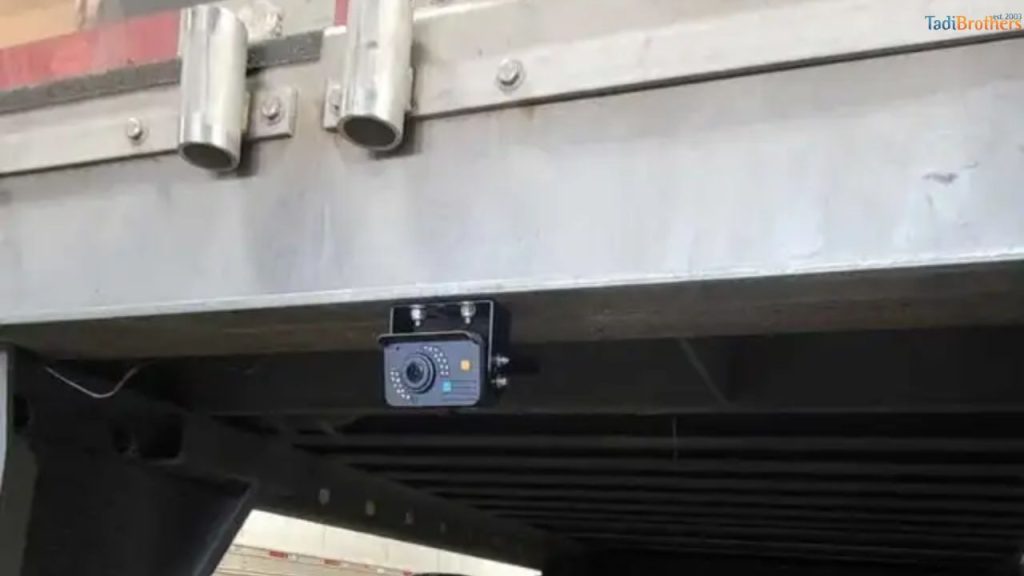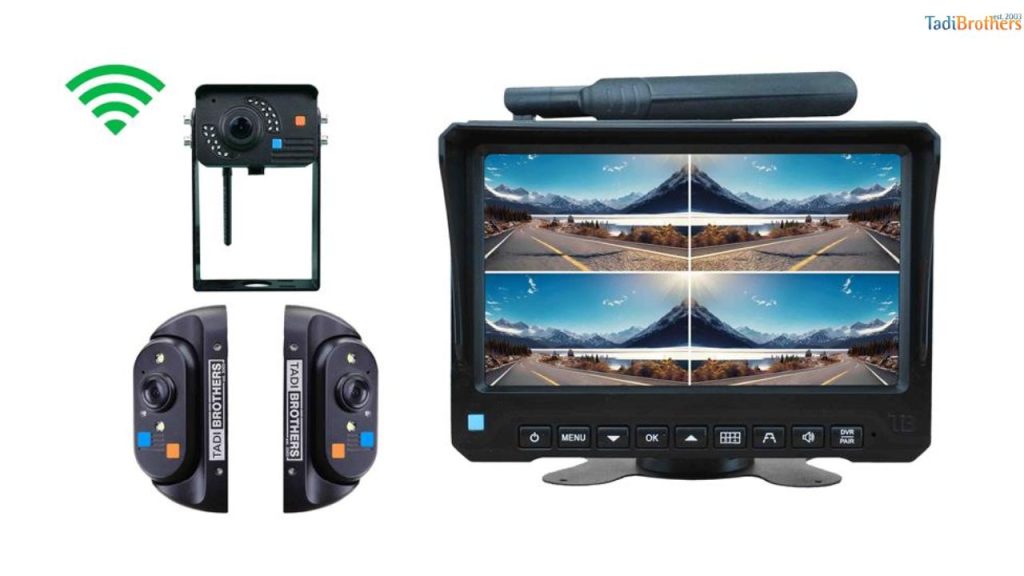Modern driving depends on visibility and awareness. These are one of the best tools to enhance both is the rearview camera system.
A properly fitted rearview camera improves safety, prevents accidents, and makes parking effortless.
Whether installing a factory model or an aftermarket system, correct fitting ensures the best image quality and long-term performance.
Why Rear View Camera Fitting Matters

Rearview cameras are now mandatory in new cars, and for good reason. The camera is extremely helpful. Eliminating rear blind spots, reducing the risk of collisions, and helping drivers reverse with confidence.
A well-installed camera can capture a wide-angle view of the area behind your car, making it easier to spot people, pets, or obstacles.
If you don’t use the right way to install it, then chances are it can lead to poor image quality, unstable connections, and potential wiring issues.
Correct rearview camera fitting ensures the system operates smoothly and safely each time you drive.
Types of Rear View Cameras
Before fitting a camera, it’s important to understand the available options. Each type offers unique benefits depending on your vehicle and driving needs.
- License Plate Cameras: Mounted above or near the license plate for easy installation and clear visibility.

- Bumper-Mounted Cameras: Embedded into the bumper for a factory-style finish and stable image alignment.
- Roof or Tailgate Cameras: Common on larger vehicles like vans or trucks for a higher viewing angle.

Nowadays, digital backup camera systems are becoming increasingly popular because they provide HD images, low-light visibility, and faster response times compared to analog models.
Step-by-Step Guide to Rear View Camera Fitting
1. Choose the Right Camera and Display
You‘ve to choose a rear view camera compatible with your car’s system or dashboard monitor. And if you’re not aware of the model, you can reach out to TadiBrothers for proper guidance. Furthermore, the modern cars include a built-in screen, but older models may require an aftermarket display, such as a rearview mirror monitor or a dedicated dashboard screen.
2. Position the Camera Correctly
Then you’ll have to mount the camera near the vehicle’s rear centerline, typically above the license plate. Make sure that it faces slightly downward for a full rear view. Avoid angles that capture too much of the ground or sky, as this reduces visibility.
3. Connect the Power Supply
If you’ve opted for wired cameras, connect the power cable to the reverse light circuit. This will make sure that the camera activates automatically when the gear is shifted into reverse. Use insulated connectors and follow the manufacturer’s wiring diagram to avoid short circuits.
4. Route the Video Cable
Run the video cable from the camera to the display unit. Keep the cable away from sharp edges or moving parts. Use plastic clips or wire sleeves for protection and a neat finish.
5. Test the System
After installation, shift the vehicle into reverse to check the live video feed. Adjust the camera angle if needed. The image should be clear, centered, and responsive without delay.
Wireless Rear View Camera Fitting
If you’ve a vehicle that doesn’t have a rear view camera fitting. You can check for vehicles without factory wiring; a wireless rear view camera is the easiest option.
These systems use a transmitter near the camera and a receiver connected to the screen. Installation is quick, requiring fewer cables and less time.
The digital wireless system offers crisp, real-time video. You can use it even in large SUVs or trailers. There are several camera systems that also offer smartphone compatibility, allowing drivers to view the camera feed directly from their mobile devices.
Professional vs. DIY Fitting
You can install a rear view camera system yourself with basic tools, but professional fitting offers several advantages. Experts ensure proper wiring, calibration, and weatherproofing. They can also integrate the camera with existing parking sensors or in-dash systems.
DIY fitting is more affordable, but mistakes in wiring or positioning can lead to malfunction or poor visibility. For long-term reliability and better aesthetics, professional installation is often the smarter choice.
Maintenance Tips for Long-Term Performance
To keep your backup camera system working perfectly:
- Clean the lens regularly using a soft cloth and mild cleaner.
- Check connections after heavy rain or car washes.
- Update the firmware if using a digital or smart camera system.
- Replace damaged cables immediately to avoid power or signal loss.
A well-maintained camera ensures consistent performance and clear visibility every time you reverse.
Enhancing Safety with Digital Cameras system
Modern digital backup camera systems offer sharper images, improved low-light clarity, and quicker response times. Many come with features like parking guidelines, motion detection, and wide dynamic range (WDR) for balanced lighting.
These systems not only make parking easier but also reduce the risk of back-over accidents, a major reason why backup cameras became mandatory under the U.S. NHTSA regulations in 2018.
Conclusion
One of the best updates you can do for your vehicle is to have a correctly fitted rear view camera system. It not only improves safety but also simplifies parking and boosts driver confidence.
Whether you install it yourself or use a professional, ensure that the rear view camera fitting is secure, the wiring is clean, and the image is clear.
For even greater visibility, consider upgrading to a digital backup camera system for enhanced clarity and performance in all driving conditions. Safe driving starts with seeing what’s behind you, and a properly fitted camera makes that possible every time.
